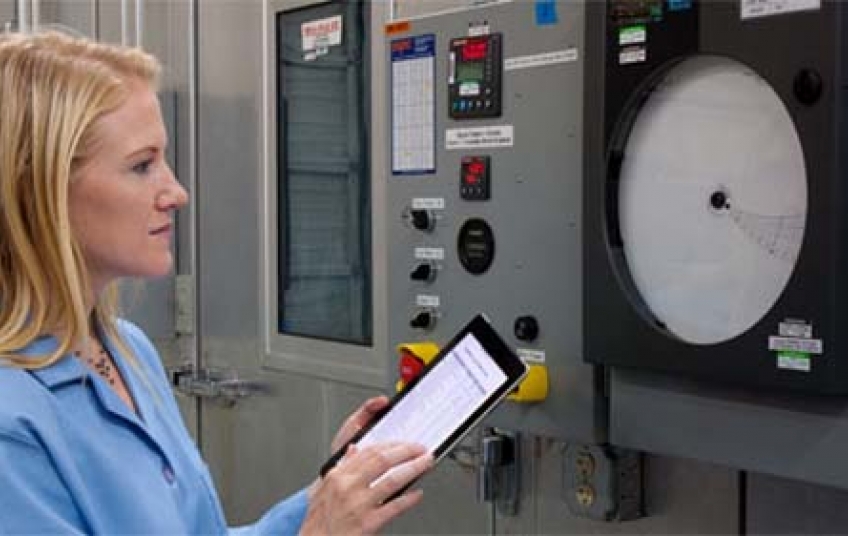Has anyone ever wondered how packaging engineers determine how a given package will deteriorate over a long period time? Packaging engineers use a process called accelerated aging. Accelerated aging is an artificial procedure commonly used in the medical device industry to establish the shelf life or lifespan of different products. Accelerated aging has plentyof history and uses calculations to make sure the product will have a good longevity.
In 1899, W. Herzberg started the technique of artificially aging by using heat to age paper. Later on, R. H. Rasch, established a new way to naturally age paper by setting it in a temperature of one hundred degrees Celsius for seventy-two hours, aging the paper approximately eighteen to twenty-five years. In the 1950s, researchers realized paper was degrading due to the relative humidity effects on the chemical reactions in the artificial aging of the paper, rather than due to the temperature itself. Researchers Baer and Lindstrom helped solve the problem by coming up with the Arrhenius equation.
The Arrhenius equation is k=Ae-Ea/RT. This equation is used to calculate the reaction rates due to temperature, where “k” is the constant rate of a chemical reaction, “T” is the absolute temperature in Kelvins, “A” is the pre-exponential factor, “Ea” is the activation energy, and “R” is the universal gas constant (8.314 Jmol-1K-1). Calculations of the reaction rates give a close approximation of the shelf life and lifespan of a product. Medical products are often made from different types of polymers. Polymers are sensitive to heat, oxygen, sunlight, ozone, and ionizing radiation. When polymer is exposed to a large amount of those, it may crack on the surface or change color. The Accelerated aging technique for polymers is effective when the polymer is stabilized. Stabilization of polymer will prevent fast aging, cracking on the surface, and change in color. Without Accelerated aging, packaging engineers will not be able to predict the aging of a product and ensure safety to the consumers.
References
"Accelerated Aging." Wikipedia. Wikimedia Foundation, n.d. Web. 14 Apr. 2016 [https://en.wikipedia.org/wiki/Accelerated_aging
"Accelerated Aging-ASTM F1980." Accelerated Aging Testing. WestPak, n.d. Web. 14 Apr. 2016. [http://www.westpak.com/page/life-science/life-science-accelerated-aging]
"Aging of Polymers." TheFreeDictionary.com. N.p., n.d. Web. 17 Apr. 2016. [http://encyclopedia2.thefreedictionary.com/Aging+of+Polymers]
"Arrhenius Equation." - Chemwiki. N.p., 02 Oct. 2013. Web. 17 Apr. 2016.
[http://chemwiki.ucdavis.edu/Core/Physical_Chemistry/Kinetics/Modeling_Reaction_Kinetics/Temperature_Dependence_of_Reaction_Rates/The_Arrhenius_Law/Arrhenius_Equation]
"Arrhenius Equation." Wikipedia. Wikimedia Foundation, n.d. Web. 17 Apr. 2016. [https://en.wikipedia.org/wiki/Arrhenius_equation]
"General Aging Theory and Simplified Protocol for Accelerated Aging of Medical Devices." MDDI RSS. N.p., n.d. Web. 17 Apr. 2016.
[http://www.mddionline.com/article/general-aging-theory-and-simplified-protocol-accelerated-aging-medical-devices]
"Medical Package Testing." Accelerated Aging. Life Science Outsourcing, n.d. Web. 14 Apr. 2016. [http://lso-inc.com/medical-package-testing/accelerated-aging.html]


































